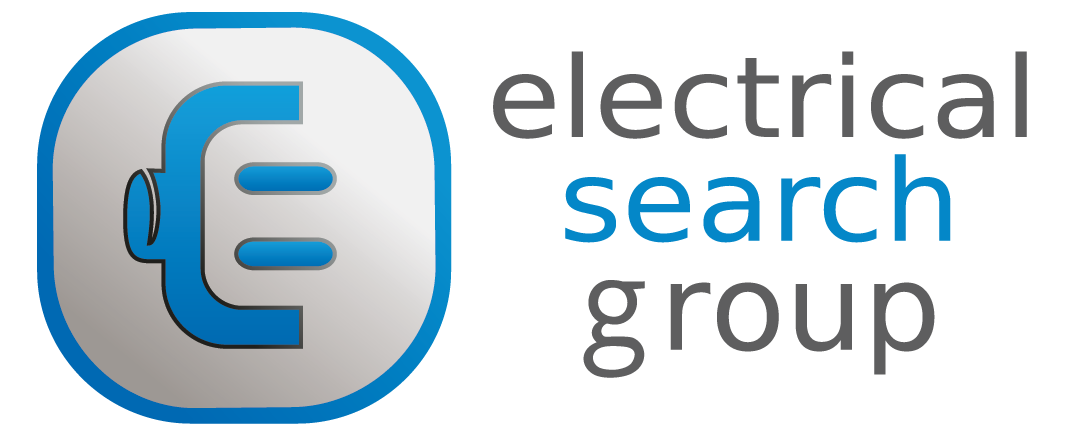In the search for a job, a resume is just a part of life. It’s the document that says to the world, as efficiently as possible, “This is who I am and why you should hire me.” But it’s not just a matter of the content that you put on a resume that makes an impact. It’s the way you create your resume that can also help, or hinder a choice to hire you. There are a few easy things you can do to ensure your resume stays at the top.
Readability Is Everything
Everyone wants their resume to stand out, but the way that should happen is through the content, not the style of presentation. Don’t use colored paper to print out your resume and don’t try to make it distinct by using a variety of different fonts arranged in a variety of different sizes in some attempt to direct the eye. Graphic design is a very specific, skillset, and unless you’re trying to get hired as a layout artist, you’re not doing yourself any favors by pretending to be one.
Ensure that, before anything else, your resume is easy to read. If it’s not, that’s the excuse any employer is looking for set it aside and continue to search an already sizable pile.
Use Clear Fonts
When it comes to text, boring is good. Times New Roman, for example, is a classic for a reason. Other fonts in the serif (that is, fonts with “tails”) family that are safe to use are Goudy Old Style, Bell MT and Georgie. All of them have the benefit of being clear, with good spacing, and they translate just as well on a screen as they do on an actual piece of paper.
If you prefer something cleaner from the sans serif (or fonts without “tails) family, Ariel is one of the best and most popular choices, though Lucida Sans, Tahoma and Century Gothic are also very functional. They all benefit from being clean, clear fonts that, again, are very easy to read.
Font Size
Your font size choices are pretty simple. 12 point is the standard for printed documents, and the majority of your resume will stick to this size. The only exceptions to this rule would be your “headlines” or any section divisions of your resume where you move on to a new subject. Depending on the position, these will be a little larger, at 14 points, or, if it’s something very important like your name at the very top of the first page 16 points.
Any larger than this and you’re not only compromising on space on your resume, you’re drawing too much attention to the appearance and taking away from the substance, which should be the real focus.
Formatting
Contact information, a value statement (which is to say what you hope to gain from a job), your core strengths, past experience, education, and any relevant awards, certifications or recognitions should all be included as part of a standard resume.
You can add a little variance on the style in the way which this information is presented, and there are many arguments about which style is the most effective, but this information is essential in quickly informing an employer about who you are and why you are best suited for the job.









